Septic Maintenance Service Costs
Understanding the factors influencing the cost of septic maintenance services is essential for proper budgeting and planning. This page provides detailed insights into the various elements that affect pricing, including service scope, system size, and location-specific considerations.
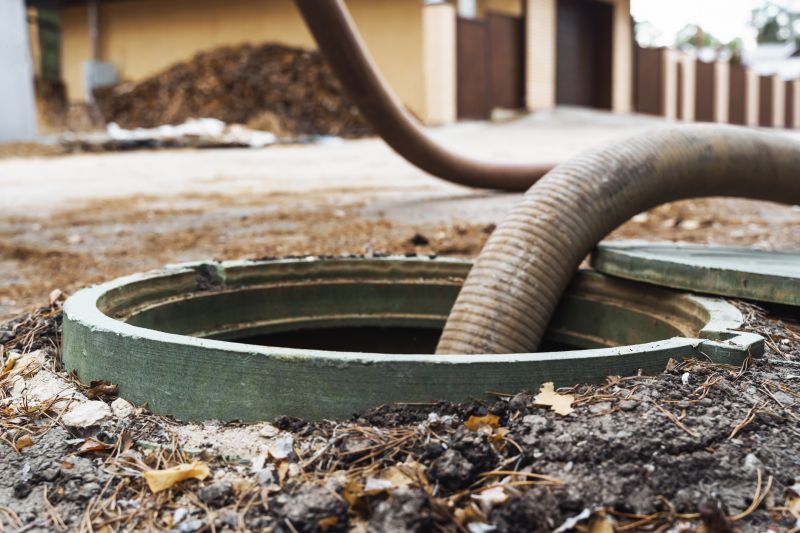
Larger systems require more extensive maintenance, increasing overall costs.
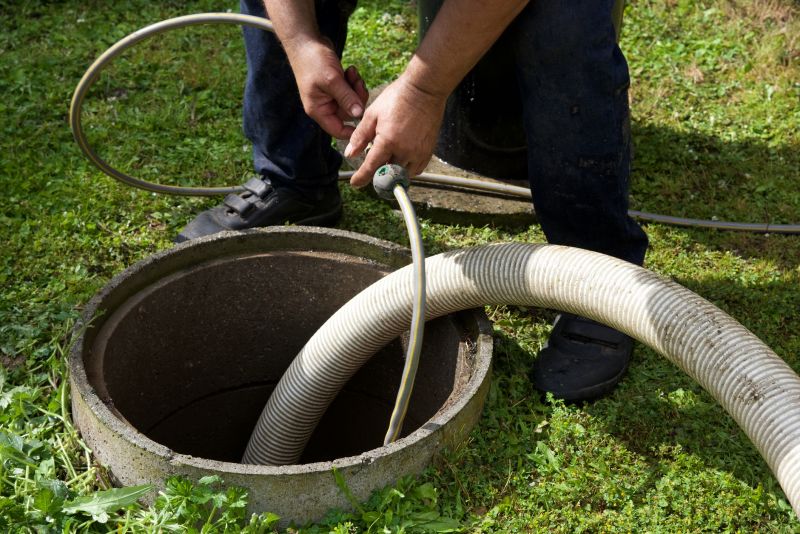
Septic tanks that are difficult to access may incur higher service fees.
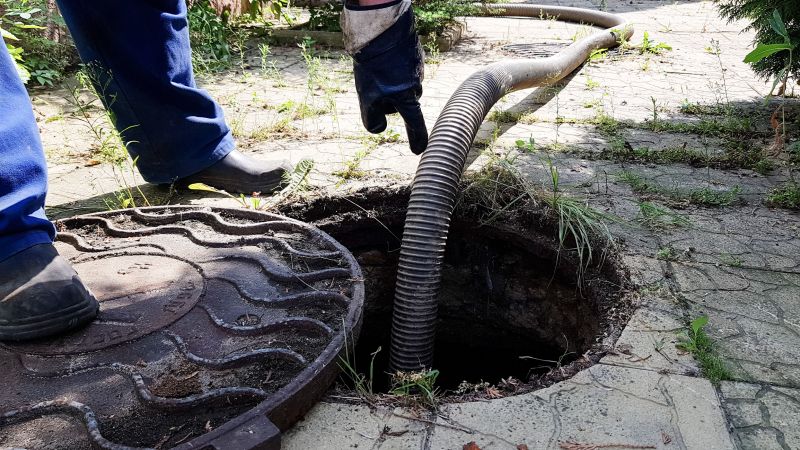
Regular servicing can influence the overall expense, with more frequent visits potentially reducing emergency costs.
| Factor | Impact on Cost |
|---|---|
| Tank Size | Larger tanks typically cost more to service due to increased volume and complexity. |
| Service Frequency | More frequent maintenance can lead to higher annual costs but may prevent costly repairs. |
| System Age | Older systems may require additional repairs or upgrades, increasing expenses. |
| Location | Remote or hard-to-access locations can add to transportation and labor costs. |
| Type of Service | Basic pumping is less expensive than comprehensive system inspections or repairs. |
| Additional Repairs | Unforeseen repairs can significantly increase overall expenses. |
| Permitting Requirements | Certain jurisdictions may require permits, adding to the total cost. |
| Septic System Condition | Poorly maintained systems may need extensive work, raising costs. |
The cost of septic maintenance services varies based on multiple factors. Routine pumping typically ranges from a moderate fee, depending on tank size and location. More complex services, such as system inspections, repairs, or upgrades, can significantly increase expenses. Proper maintenance helps prevent costly system failures and prolongs the lifespan of the septic system, making regular service a valuable investment.
Factors like system age, accessibility, and service frequency influence pricing. Systems that are older or difficult to access may require specialized equipment or additional labor, raising costs. Conversely, regular maintenance schedules can help identify potential issues early, potentially reducing the need for expensive emergency repairs.
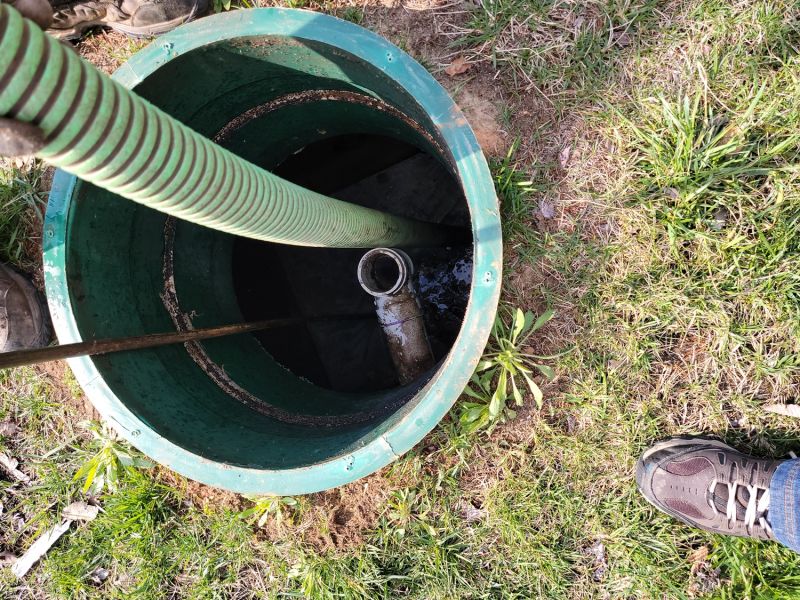
Inspection of internal components helps identify early signs of wear or damage, affecting service costs.

Maintaining the drain field ensures proper function and can influence maintenance pricing.
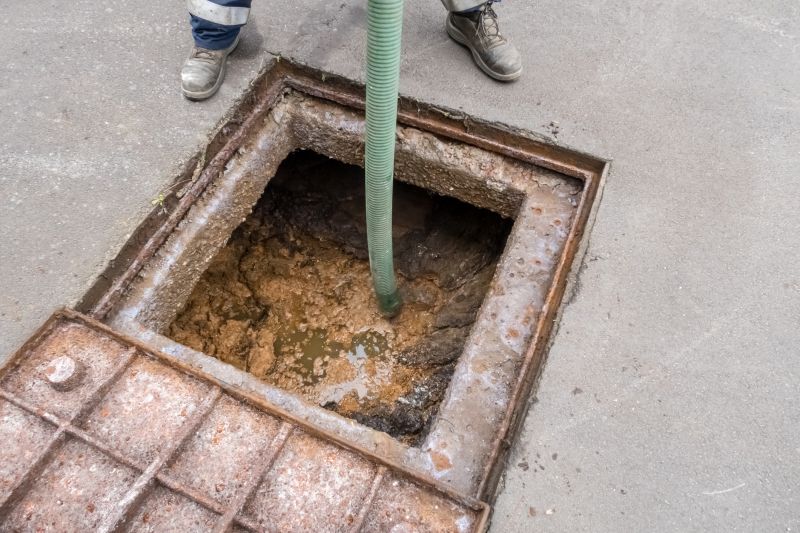
The pumping procedure is a core service, with costs varying based on tank size and debris levels.
| Service Type | Average Price |
|---|---|
| Routine Pumping | $200 - $500 |
| System Inspection | $150 - $400 |
| Drain Field Repair | $1,000 - $3,000 |
| Tank Replacement | $3,000 - $7,000 |
| Septic System Upgrade | $2,500 - $6,000 |
| Emergency Repair | $500 - $2,500 |
| Perc Test and Soil Evaluation | $300 - $800 |
| Filter Replacement | $100 - $300 |
| Pump Replacement | $400 - $1,200 |
| Septic Tank Cleaning | $150 - $400 |
The expense of septic maintenance services can vary widely depending on the specific needs of the system and its condition. Routine pumping and inspections are generally affordable and help maintain system health. However, unforeseen repairs or upgrades can significantly increase costs, emphasizing the importance of regular maintenance to minimize unexpected expenses.
Properly scheduled maintenance not only ensures the longevity of the septic system but also helps avoid costly emergency repairs. Understanding the typical costs associated with various services enables property owners to plan and allocate budgets effectively, ensuring the system functions reliably over its lifespan.
